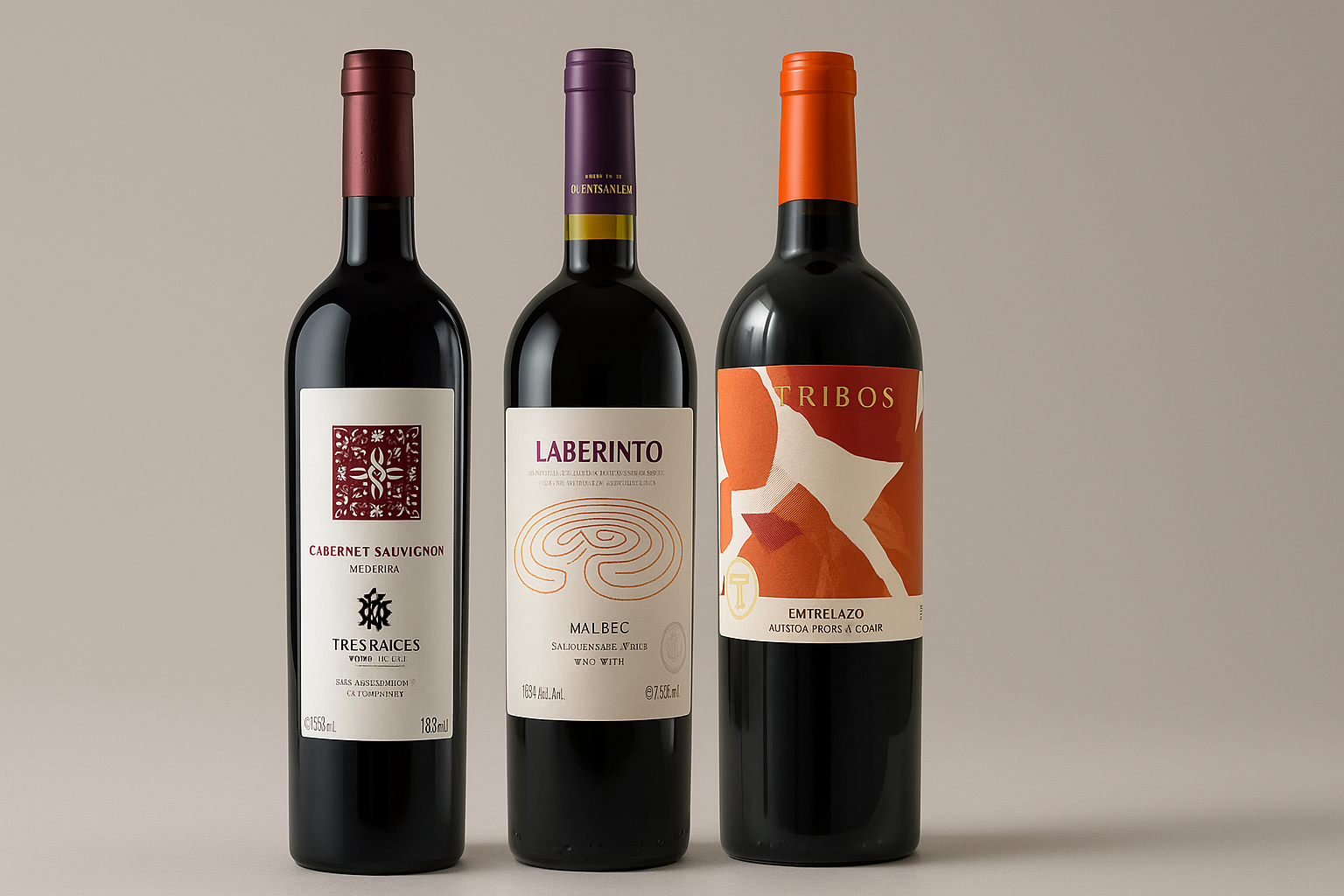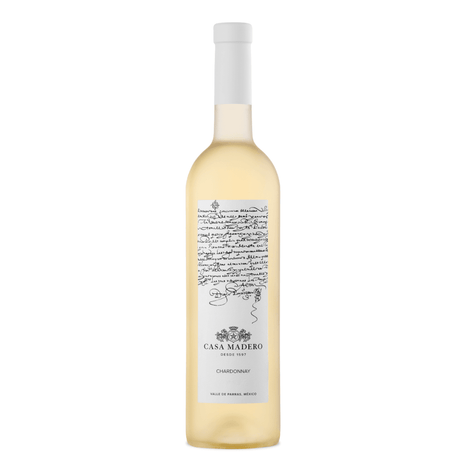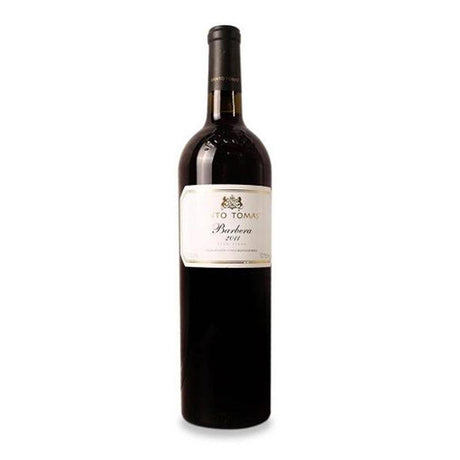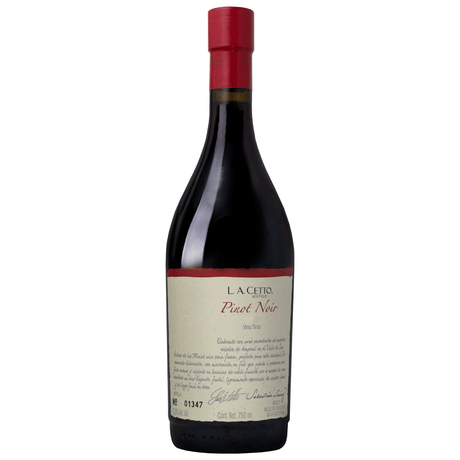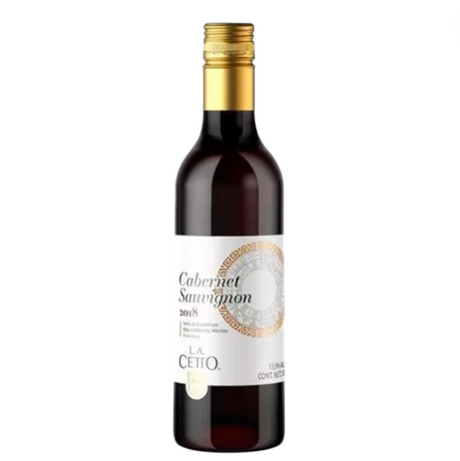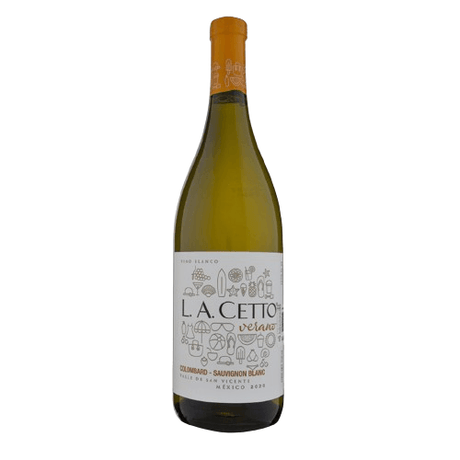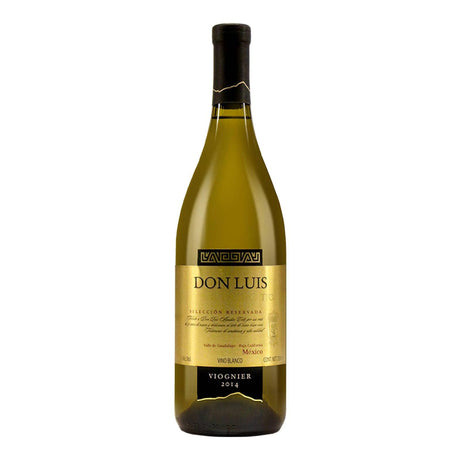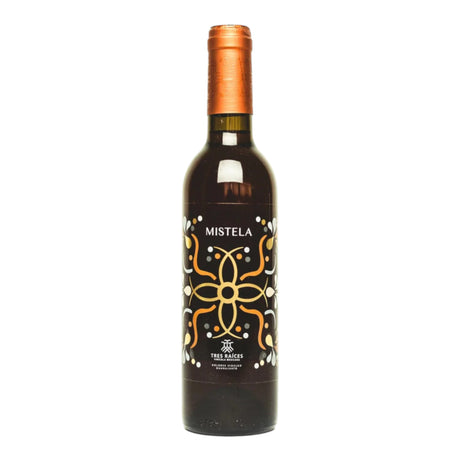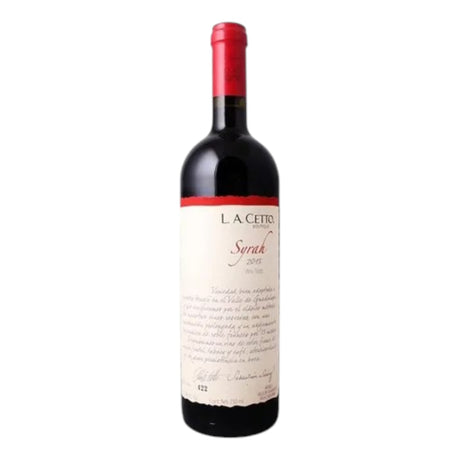The Viceroy and the Seed of Wine
On October 2, 1535, Antonio de Mendoza , the first viceroy of New Spain, arrived, bringing with him not only the authority of the Crown but also a vision for agricultural development. Under his administration, the planting of grapevines brought from Spain was promoted, especially in regions like Puebla, Oaxaca, and the Bajío. However, it was in the northern part of the viceroyalty , particularly in what is now Coahuila and Baja California , where the grapevine found its ideal home.
One of the most important milestones was the founding of Casa Madero in 1597 in the Parras Valley, Coahuila. This winery is considered the oldest in the Americas and represents the formal beginning of winemaking on the continent.
17th–19th Centuries: Prohibitions and Resistance
Mexican wine production grew so rapidly that it began to compete with wines from the Iberian Peninsula. In 1699, the Spanish Crown prohibited wine production in New Spain , allowing it only for ecclesiastical use. Despite this, many haciendas continued to produce wine clandestinely, keeping the tradition alive.
During the 19th century, with Mexico's independence, wine production was revived, although it faced technical and economic difficulties. It wasn't until the 20th century that the industry began to professionalize, especially with the arrival of European immigrants who brought new grape varieties and techniques.
20th-21st Century Renaissance and Recognition
Starting in the 1980s, Mexican wine experienced a renaissance. Regions such as Valle de Guadalupe (Baja California) , Valle de Parras (Coahuila) , Querétaro , Zacatecas , and Aguascalientes began to stand out for their quality, innovation, and respect for terroir.
Today, Mexico boasts over 500 wineries and has gained international recognition in competitions such as the Concours Mondial de Bruxelles and the Decanter World Wine Awards. Mexican wine is no longer just a promise: it's a reality with its own distinct identity.
Mexican wines that connect with this story
Here I share a selection of labels that reflect the historical legacy and evolution of wine in Mexico:
| Label | Region | Why it connects with history |
|---|---|---|
| Madero House 3V | Parras Valley, Coahuila | From the oldest winery in America, a blend of tradition and modernity. |
| Saint Thomas Mission Tinto | Baja California | One of the oldest wineries in the country, with roots dating back to 1888. |
| Monte Xanic Cabernet Sauvignon | Guadalupe Valley | Pioneer of premium Mexican wine since the 1980s. |
| Cradle of Nebbiolo Land | Dolores Hidalgo, Guanajuato | It came from a historic region, the cradle of Independence. |
| Puerta del Lobo Sparkling Brut | Querétaro | It represents the rise of sparkling wines in the center of the country. |
| Santo Tomás Barbera Wineries | Baja California | Italian strain adapted to the Mexican terroir with great success. |
| Parvada Ensamble Tinto | Parras Valley | A young project that honors the land of Coahuila with signature wines. |
Wine as a cultural and ritual symbol
Although wine hasn't always been a central part of the Mexican table, its presence in religious rituals, family celebrations, and moments of introspection has made it a symbol of connection. From colonial masses to toasts at weddings and anniversaries, wine has represented solemnity, elegance, and communion. Today, many Mexican labels recapture that ritual essence, incorporating visual and narrative elements that evoke history, land, and tradition.
The Mexican consumer: between roots and exploration
Today's consumer seeks more than just flavor; they crave story, authenticity, and connection. That's why outstanding Mexican wines offer not only quality but also a narrative that speaks of the land, the effort involved, and the identity of the people. From young wine explorers to discerning connoisseurs, the domestic market has diversified, fostering boutique projects, organic labels, and wine tourism experiences that celebrate the best of Mexico.
A cup with history
Drinking Mexican wine is more than just enjoying a beverage; it's connecting with centuries of history, with the land that gives us our identity, and with the efforts of generations who have cultivated the vine against all odds. Today, every Mexican label is a declaration of pride, flavor, and resilience. Discover our entire collection of Mexican wines at: Wines of Mexico – Vinosylicores.com
